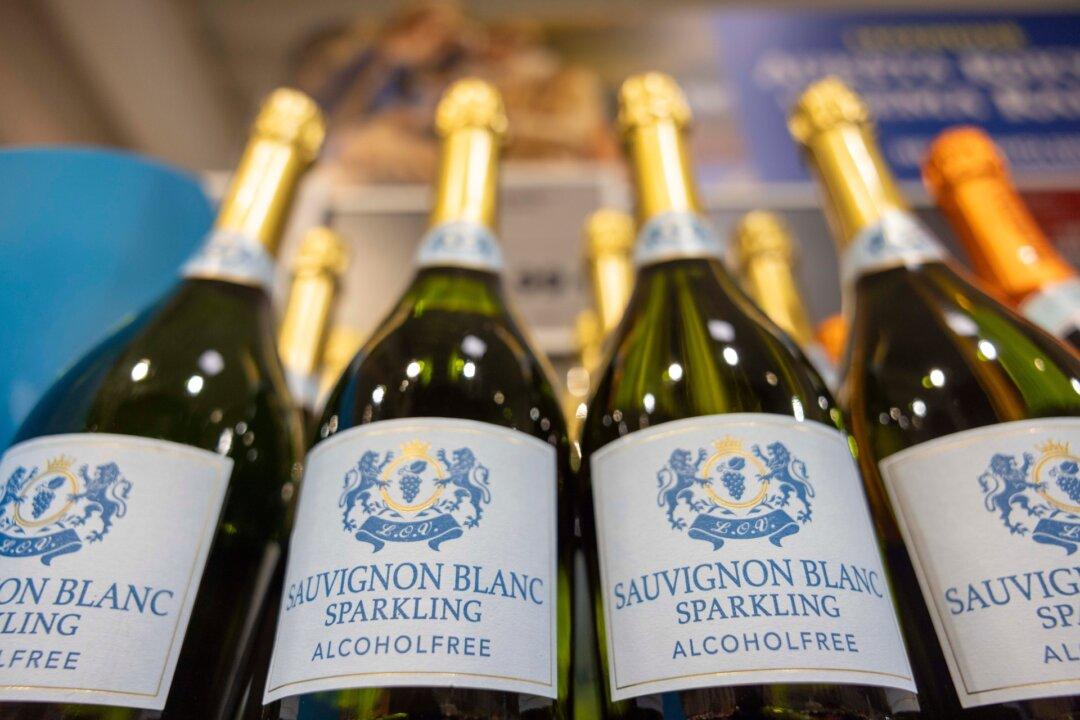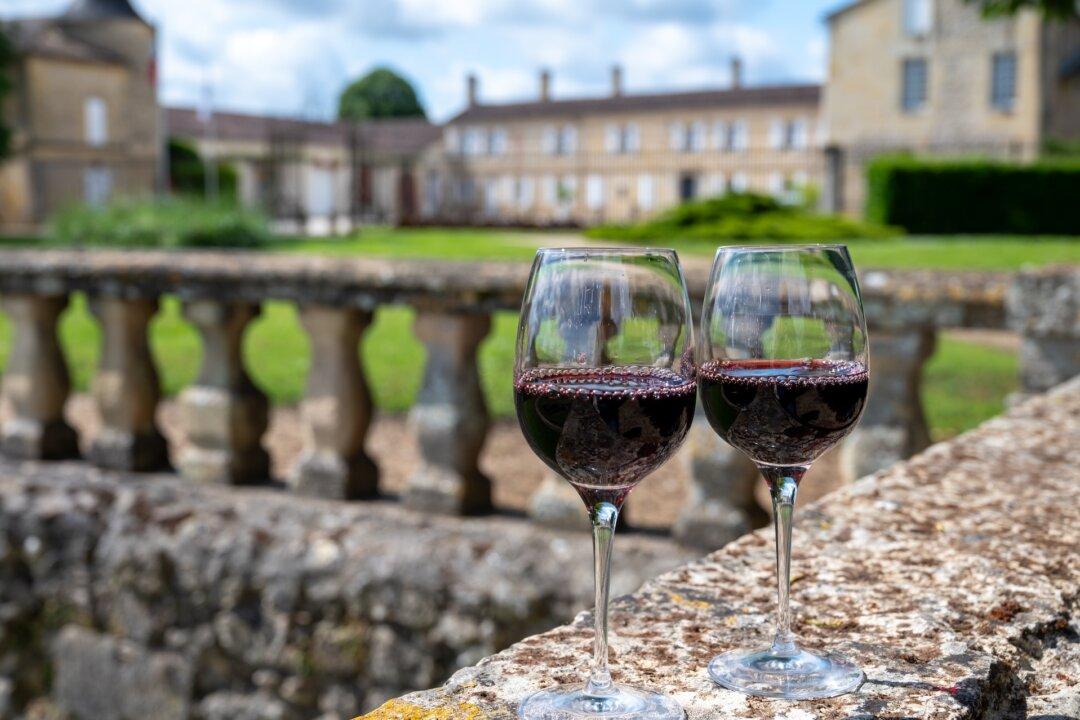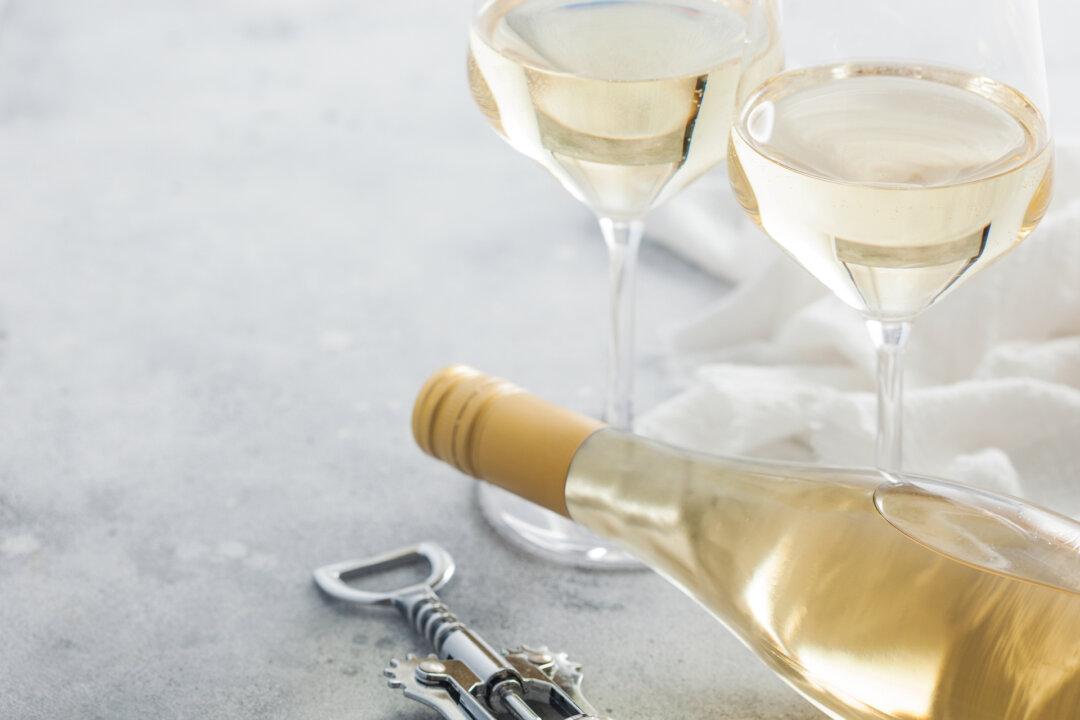The world’s most-consumed liquid is water, and the drawbacks involved with it are so limited as to be utterly obscure.
By contrast, there has been an overwhelming controversy for the last several eons about the risks and potential benefits of consumption of all other drinks, from cola to coffee to kombucha. And beverages that contain alcohol come in for special criticism.





